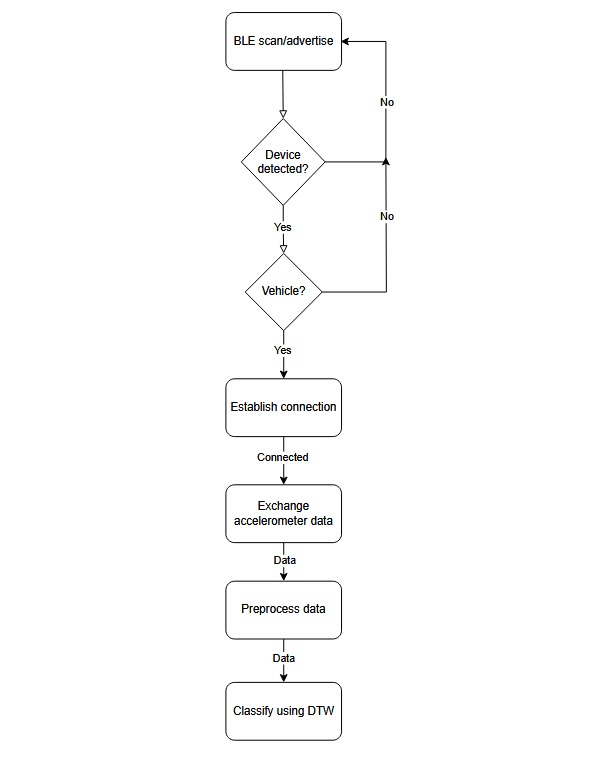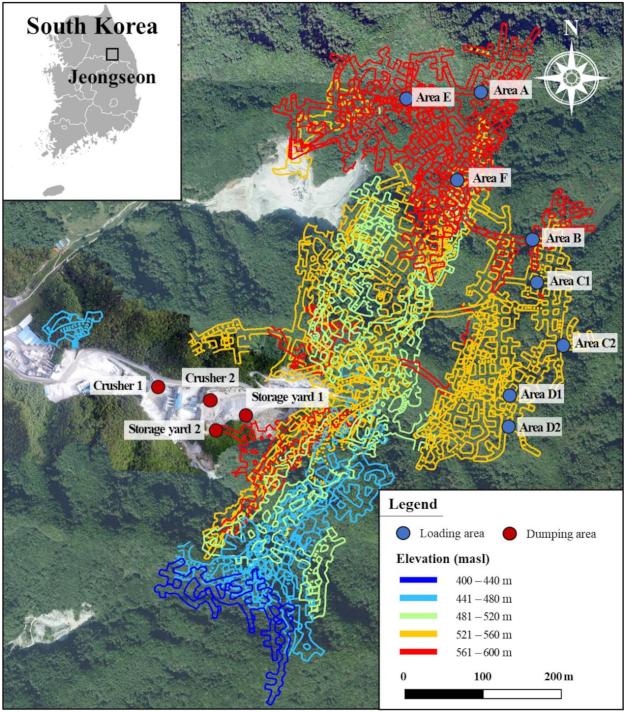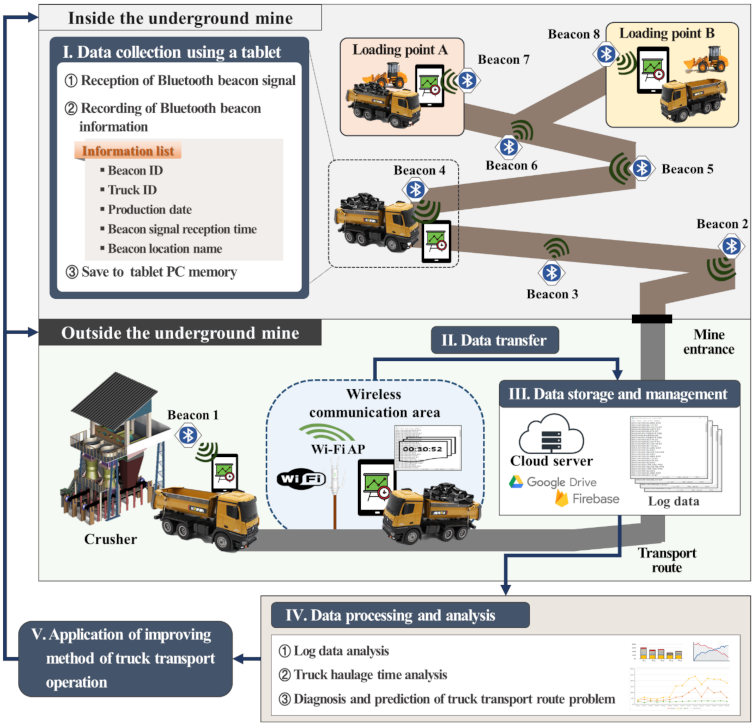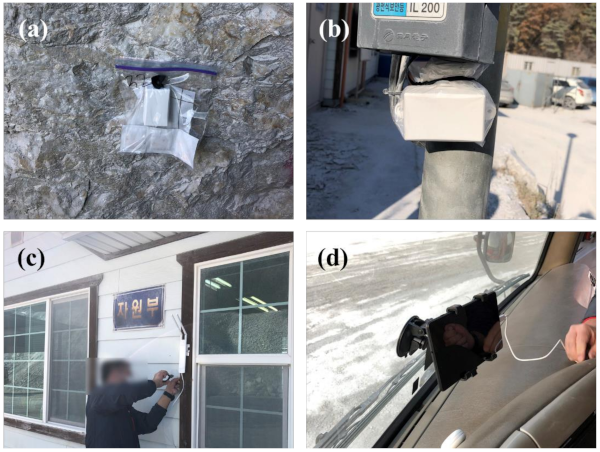New research titled Reliable Proximity Sensing for Underground Mining by Johnny Lam explores the challenge of accurately tracking personnel and vehicles in underground mines using digital positioning systems. While vehicle tags use onboard sensors like accelerometers and gyroscopes for precise positioning, personal tags rely on less accurate signal strength readings from fixed reference points. This discrepancy can lead to safety issues, especially when personnel are inside vehicles but their tags report separate positions.

To resolve this, the study investigates a method for personal tags to inherit the vehicle’s position by first determining if they are actually inside the same vehicle. The approach uses Bluetooth Low Energy (BLE) to detect nearby devices, then samples and compares accelerometer data from both the personal and vehicle tags. Using dynamic time warping (DTW) and variance analysis of the motion data, the system classifies whether a personal tag is inside the vehicle.
The system was implemented as an Android application and tested under various conditions. BLE proved effective for detecting proximity, while combining DTW and variance analysis yielded a classification accuracy of about 90%. Power consumption increased by roughly 22% with full functionality.


